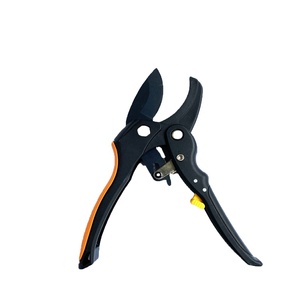Giới thiệu về kéo cắt vườn tốt nhất
Alibaba.com cung cấp các sản phẩm 868 kéo cắt vườn tốt nhất. Có rất nhiều kéo cắt vườn tốt nhất lựa chọn dành cho bạn, chẳng hạn như thép, nhựa, và mềm grip nhựa. Bạn cũng có thể chọn từ oem, odm, và obm kéo cắt vườn tốt nhất. Cũng như từ cây, vườn cắt tỉa, và nhà máy kéo cắt vườn tốt nhất.Và bất kể kéo cắt vườn tốt nhất là tráng, không tráng, hay nhựa tráng.















